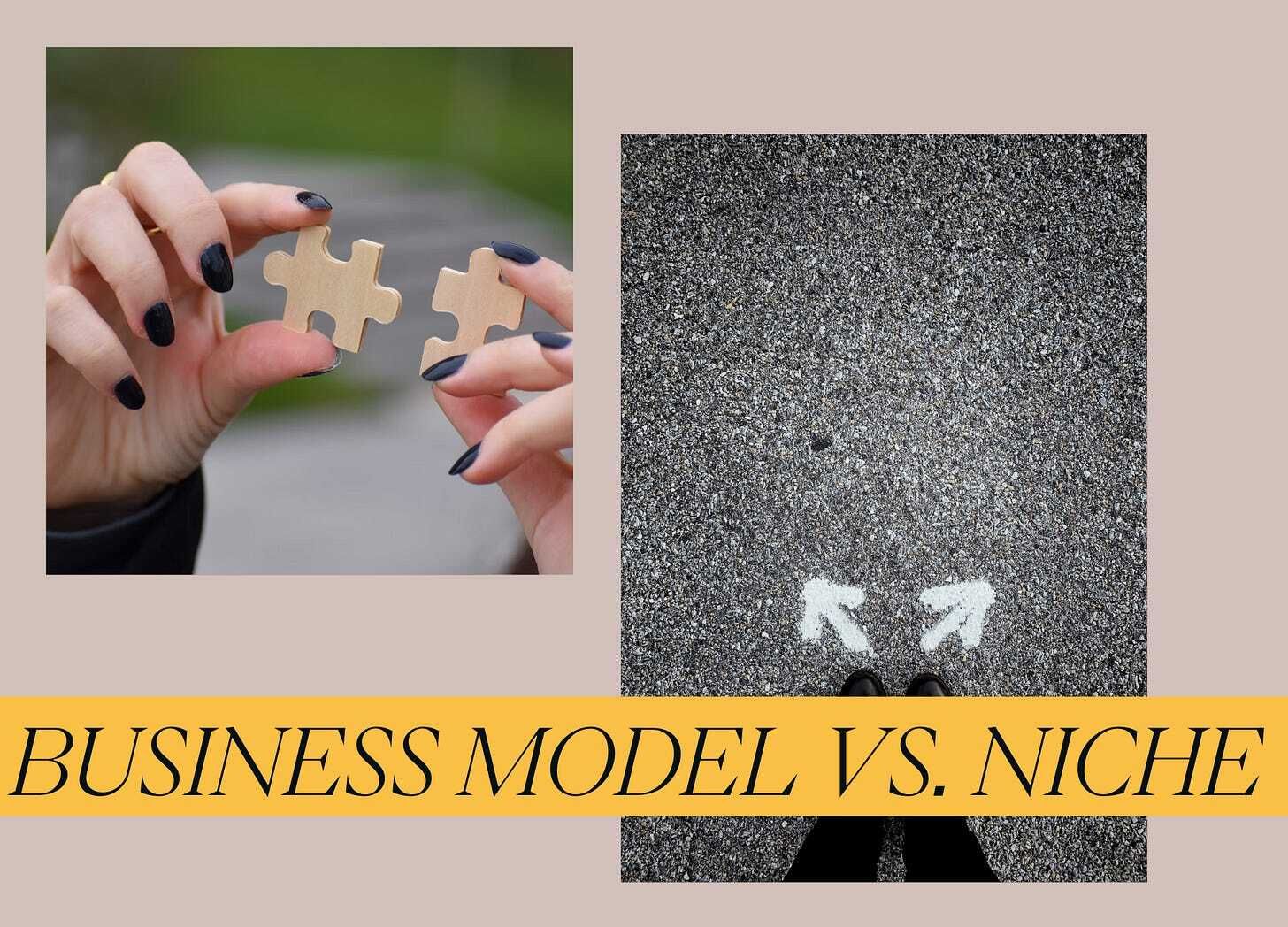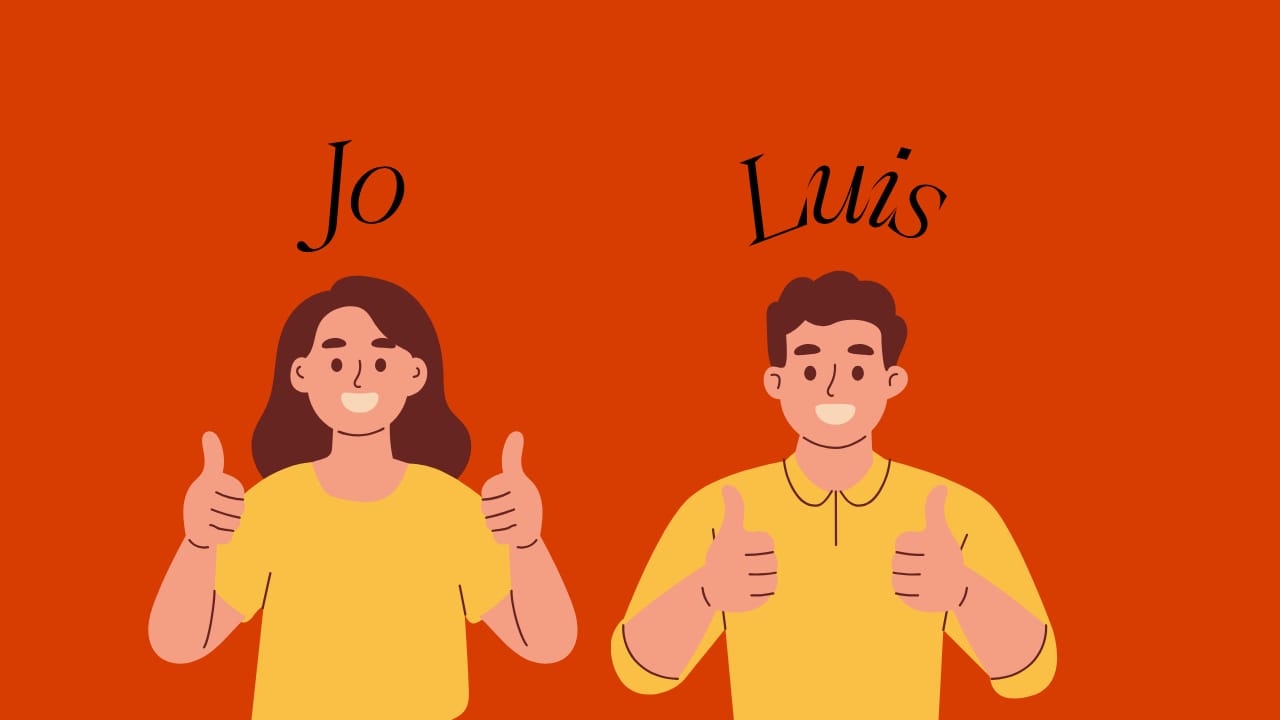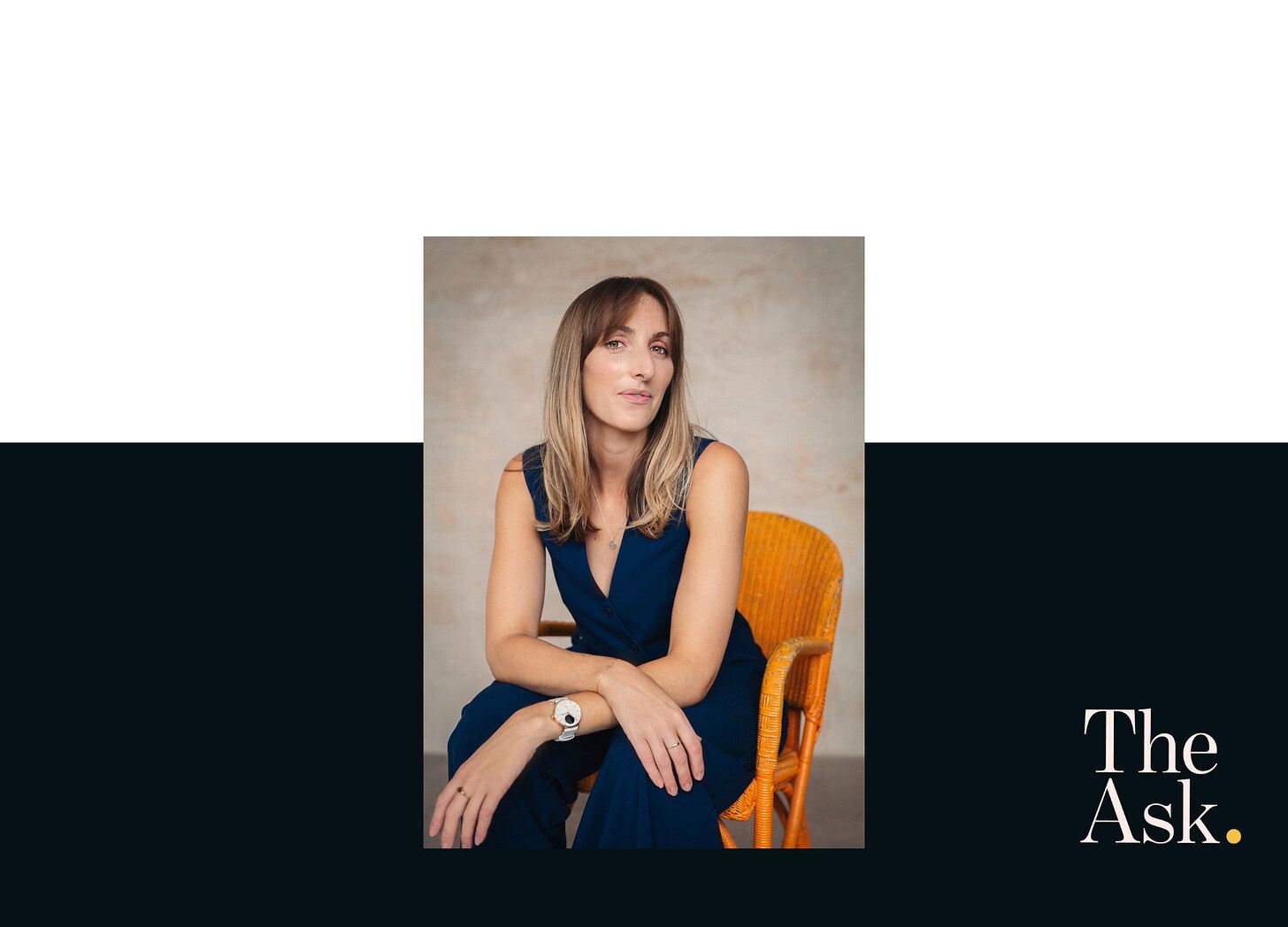- Ellen from The Ask.
- Posts
- What comes first: Your business model or your niche?
What comes first: Your business model or your niche?
PSA for small business owners, these are some big business decisions to make.

If you are trying to grow your small business, there are two decisions that will have a huge impact on your future success:
Your business model
Your niche (aka your Ideal Client)
These dictate who you’re helping and how you get paid to help them — which, when you’re working a 40+ hour week, essentially means they dictate your entire life and future.
Whilst they are two distinct decisions you need to make in your business, they’re heavily intertwined.
It can get confusing.
Many people come to me when they’re stuck on these decisions or feel something is off.
I too, have been questioning them lately. Not because I don’t know what my business model and niche are, but because I’m reviewing whether they’re truly optimised for the long-term growth I seek.
Whether you’re starting out or reviewing what yours should be, I hope this post helps you assess whether your setup matches the success you want.
Also I have been heavily influenced by a masterclass on this very topic that I wanted to share with you, too. It’s by Olly Richards, mentor to 7 figure education business owners and was a game-changer for me.
Your business model and niche determine your future
As stated, these small choices can dictate the future of your business and, ultimately, your life.
To bring this to life, let’s imagine two business owners: Jo and Luis.

Jo and Luis are both trained coaches. They met at coaching school six years ago. They're both UK-based, hence the figures in GBP. They share a similar starting point — but that’s almost where the similarities end.
You see…
Jo coaches executives on leadership and building stronger commercial strategies (her niche). Her business model is 1-1 coaching, with a revenue share (her business model).
And
Luis coaches men to grow their confidence in all areas of life (his niche). His business model is a group membership programme that includes some 1-1 support.
On the surface, we think most of the difference here is happening with the niche, but let’s look at how this work actually happens.
Under the hood of their client delivery
Jo delivers around two coaching sessions per week.
Each session runs for around two hours. Her engagements are one year long, with up to 15 sessions per client. That means her average week includes just two coaching sessions.
She talks about leadership, strategy, sales, and vision, using a toolkit of frameworks she’s built up over time.
To hit her £300k annual revenue target, she sells six £50k programmes.
Not bad, huh?
And
Luis runs about twelve coaching sessions weekly, a mix of 1-1 and group.
His sessions cover a wide range: mental health, dating, finances, confidence, fitness, friendships, work.
Each group cohort includes 20 members, each paying £3,750.
He also makes £300k annually.
You might think Jo has it easier, considering how few sessions she delivers, but let’s look at how they get their clients.
Under the hood of their client acquisition process
Jo meets her clients at conferences and networking events.
She often speaks at these events — requiring lots of prep and travel — made possible by her spacious schedule.
Then between events, she nurtures connections via in-person or Zoom coffees. She rarely uses social media, and emails a small, well-curated list of past clients.
These emails are sporadic but tend to spark reconnection or referrals. Her calendar is full of conversations — not always coaching, but often business development.
And
Luis meets clients through social media and word of mouth.
His broad topics allow for varied content that he can use social media trends to jump off easily. He’s posting about 8-10 times per week and emails his list when launching new offers.
Many of his sales happen “on the page” — no discovery calls — thanks to strong sales pages and well-sequenced marketing.
You now might think you’d prefer one of these approaches over the other.
But let’s talk money.
Under the hood of their finances
Jo’s £300k revenue gets reinvested heavily.
She spends £15k annually on a private office to host clients. £20k goes to professional development — a necessity given her high-end pricing. She spends £60k on travel and events, and another £20k on client hospitality (lunches, coffees). Her tech and legal costs are minimal — around £3.5k total.
Her operating costs? £120k. After tax, she takes home around £100k.
And
Luis’s £300k has less work to do.
He works from home or occasionally travels while renting out his flat. He spends £30k on a VA, £10k on a business coach (he learnt a lot about this type of work from his mentor), and another £10k on tools and automations.
His operating costs? £50k. He takes home around £150k post-tax.
So Luis earns more.
Is that a better business? Let’s break down how they each spend their time.
Under the hood of their time
Jo travels around 10 weeks per year and works ~30 hours per week across three days. Her time is spent in deep client work, travel, thinking, and relationship-building.
And
Luis works ~40 hours per week across five days — delivering sessions, managing community, replying to DMs, and producing content.
Their effective hourly rates:
Jo: £100k ÷ ~1,500 hours = ~£67/hour
Luis: £150k ÷ ~2,000 hours = ~£75/hour
So while Jo has more space, Luis earns slightly more per hour — though he delivers more, more often.
In my opinion?
These are both GREAT businesses.
Their realities of getting there might not have been plain sailing, but if Jo and Luis can keep things ticking along as they are, they are in a pretty strong position.
Phew, a mini coaching business model MBA for you there ;)
Can you pick and mix these components?
You might read these examples and think to yourself: “I want Jo’s deep work and high-value clients, lack of social media, and Luis’s freedom and cleaner margins.”
Why wouldn’t you?!
First, let me remind you these tales are fictional, and there is every possibility a business like Jo’s exists out there on lower margins.
But, the tale has been told to reveal a certain truth to you: certain niches dictate the need for certain business models, and vice versa.
Jo would, I imagine if I met her, love to have a £300k revenue business without spending so much money.
But not only is this money being spent strategically — on activities that allow her to do just two coaching sessions per week and still run a multi-six-figure business (!) — it’s also being spent on activities she enjoys. Things that make the effort of running a business more worthwhile.
Jo loves to travel. To network. To learn. To work with super-senior people.She hates social media. She doesn’t like being behind a laptop. Her screen time is probably 1/10th of Luis’s.
So the price Jo pays to run this business is spending more money on these activities. It’s a trade-off she’s happy with.
Now — how does her niche fit into this?Well, it only makes sense for Jo to spend all this time and money on client acquisition precisely because landing a client is such a big win (£50k). If she had to do all of that to land a £5k client, she’d have terrible margins and be a bad commercial coach!
And remember, who pays £50k for coaching? Executives and founders with money to spend, and a big enough pain point — like wanting to grow their organisation.
So in this case, the niche and business model are deeply intertwined.
Same with Luis, to an extent. He’s chosen a higher-volume client base, working with ~40 clients per year, and he gets them through more digital marketing-led efforts. More screen time, fewer big events and networking calls. Much more following social media trends.
And, because he’s charging £3,750 per client, it’s less important that he’s at the very top of his game as a coach and much more important that the experience is excellent, the community is strong, and the offer feels worth it. A lot of that comes down to the brand he’s built. He’s not just running a coaching programme — he’s building a movement.
And that movement takes time and energy to grow — especially on social media.Which is exactly where Luis thrives.
He loves the flexibility. The men he coaches. The reels and videos he makes. The impact he’s having.
So yes — you can design your business model and niche to suit your preferences.
But they also have to align with the preferences, pain points, and buying behaviours of the people you serve.
What business model should you build around?
Training? Events? Licensing? Coaching? Teaching? Groups? Membership? Consulting?
Here’s what I know from my work and experience:
These decisions all come down to one key question:
What pain are you willing to endure for the kind of business and life you want to build?
There are trade-offs to every path, as Jo and Luis show.
I rarely finish a training in one sitting, but did for this. It was exactly what I needed. I currently run a 1-1 practice and a group membership, am past six figures but not yet at multi-six.
This masterclass showed me exactly where I was overcomplicating the scaling part of my own journey and that’s why I wanted to add it to todays’ post. It’s excellent.
If you’re under ~£100k, those trade-offs aren’t as stark. You’re still (as Olly puts it) “nailing the foundational machine” — figuring out your model, testing offers, getting cash in the door. But if you want to hit multi-six or seven figures? You need to make these decisions now. And then you need to stick to them.
Because complexity doesn’t scale.
Trying to juggle multiple niches or models “in case one works” is exactly what holds people back. Avoiding hard decisions? Definitely won’t get you to scale.
(Transparency: if you purchase Olly’s masterclass, I make a small commission. I’m exploring ways to monetise this newsletter beyond subscriptions and sponsorships, and this is a test. It also happens to be a topic I was planning to write about anyway!)
I do more than help you choose a niche or business model.
I help you make trade-offs, explore your options, assess your strengths, and design a business that fits your whole life. One that you enjoy AND that makes you money sustainably.
If you’ve followed me for a while, you’ll know my whole ethos is about building a business as unique as you are — aka founder-model fit.
This doesn’t have to be when you’re new either, as a large part of my client base know, when you’ve been in business a while, there are still tweaks changes and pivots to make. You’re simply building from more data.
So if you’ve been going in circles on these decisions, you’re not broken or indecisive.
You’re right to hesitate these are big decisions.
But if you’re ready to work through them with someone who’s been there, and helps others work through them daily...
Let’s get to the heart of it together. Schedule a call to explore how we might partner together and bring your industry leading business to life in a way that aligns to who you are, what you want, and what will actually work in today’s market.
This is a no obligation chat to explore your option. Let’s get to the heart of it together.
More resources on finding the right business for you from The Ask archives…
Thanks for reading as alway, and until next time!
Ellen Donnelly, Founder & Chief Coach, The Ask.

Reply